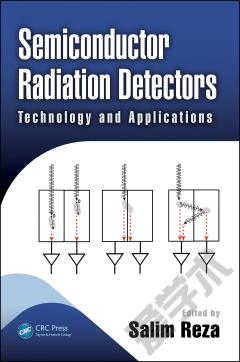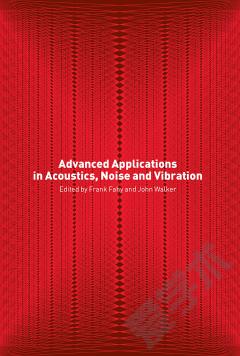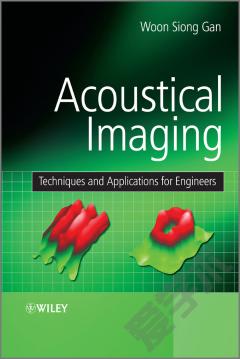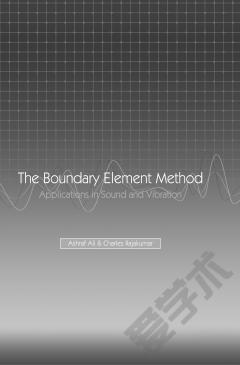Technology of Semiactive Devices and Applications in Vibration Mitigation
List of Figures. List of Tables. List of Algorithms. List of Symbols. Introduction. Objectives. Organization of the Book. 1 Reliability, Robustness and Structural Control. 1.1 Preliminary Concepts. 1.2 Definitions. 1.3 System Representation. 1.4 A Comparison of Passive, Active and Semiactive Control Strategies. 2 Collocated and Non-collocated Systems. 2.1 Introduction. 2.2 Definition of Collocated System. 2.3 Centralized and Non-centralized Systems. 2.4 Linear and Non-linear Systems. 2.5 The Problem of Spillover. 2.6 Advantages and Disadvantages of Collocated and Non-collocated Systems. 2.7 A Numerical Comparison. 3 Semiactive Devices. 3.1 The Basic Idea and a Brief History. 3.2 Variable Viscous Devices. 3.3 Variable Stiffness Devices. 3.4 Magnetorheological Devices. 3.5 Friction Devices. 3.6 Tuned Liquid Dampers. 3.7 Electro-inductive Device. 3.8 Air-jet Actuators. 3.9 SMA Actuators. 4 Semiactive Control Laws. 4.1 Control Strategies and Algorithms for Semiactive Damping. 4.2 Implementation Schemes. 5 Implementation of Semiactive Control Strategies. 5.1 Introduction. 5.2 Hardware Control Implementation. 5.3 Real-time Software. 5.4 Non-centralized Control Versus Collocated Systems. 6 Experimental Verification. 6.1 Introduction. 6.2 The Challenges of Performance-based Design in Structural Testing. 6.3 Base-isolated Buildings and Bridges. 6.4 Supplemental Damping Devices. 6.5 Experimental Methods in Structural Dynamics. 6.6 Assessment of Structural Control Devices. 7 Stability and Foreseen Developments. 7.1 Preliminary Concepts. 7.2 Semiactive Features. 7.3 Conclusions. Appendix A: Damping. A.1 Types of Damping. A.2 Why Have a Damping Matrix? A.3 Rayleigh Damping. Bibliography. Index.
{{comment.content}}








 京公网安备 11010802027623号
京公网安备 11010802027623号